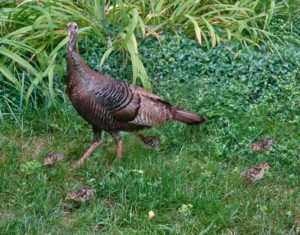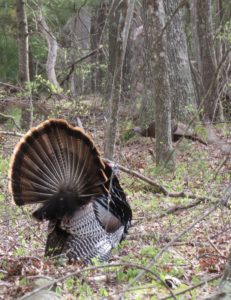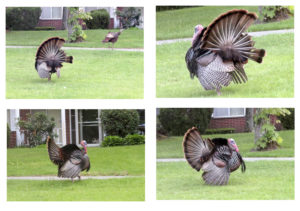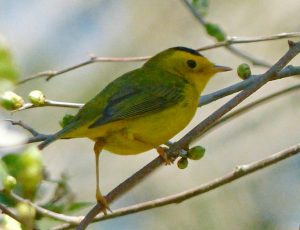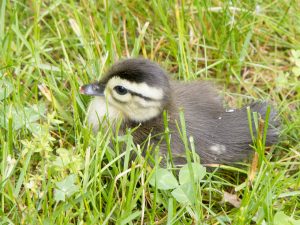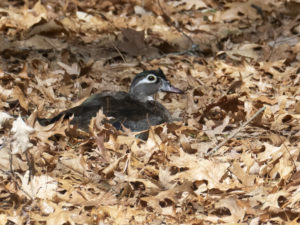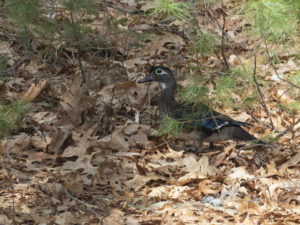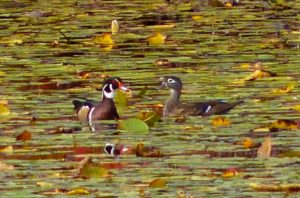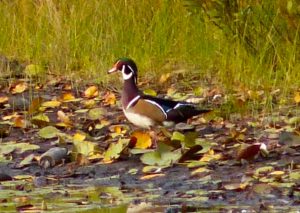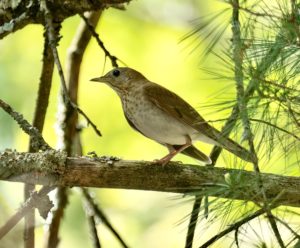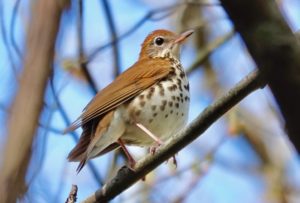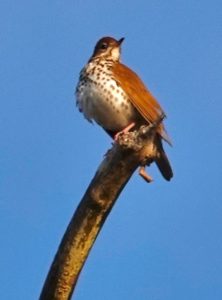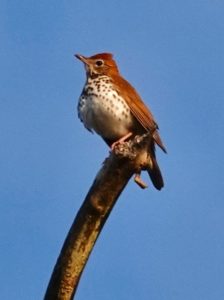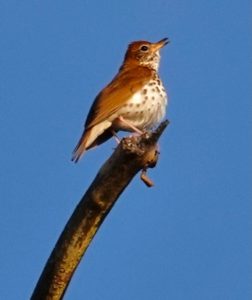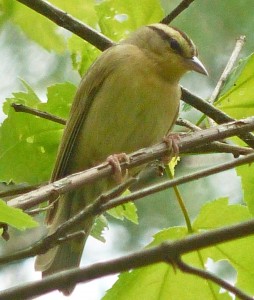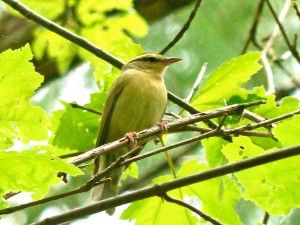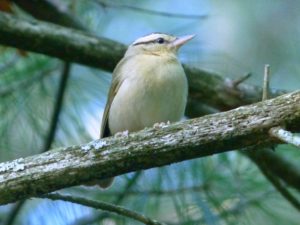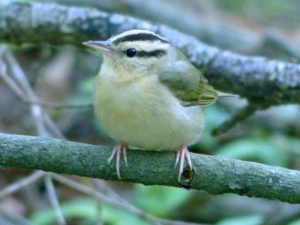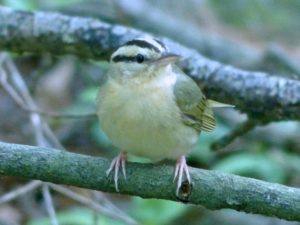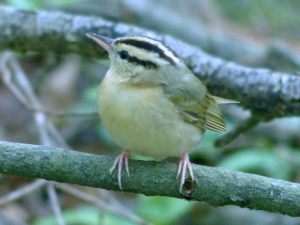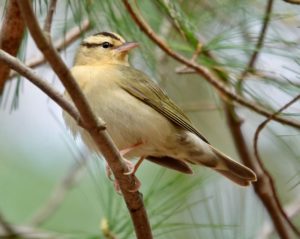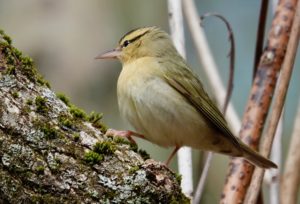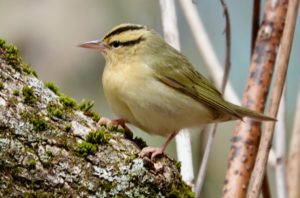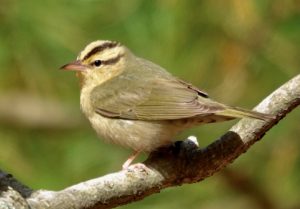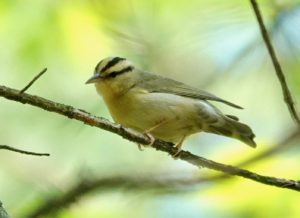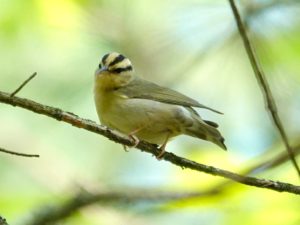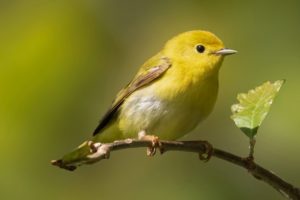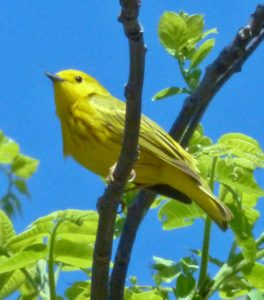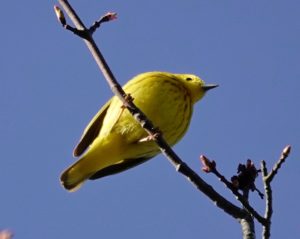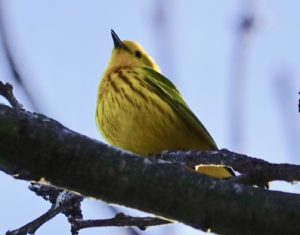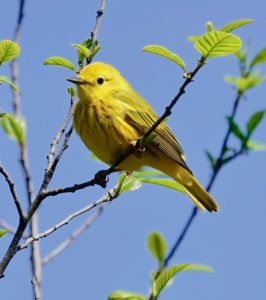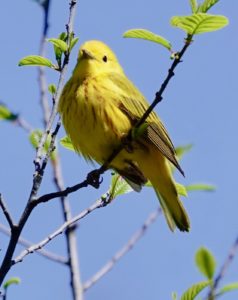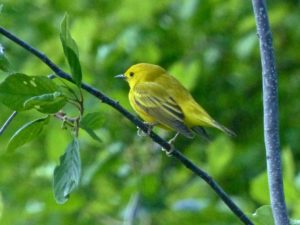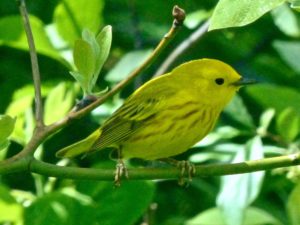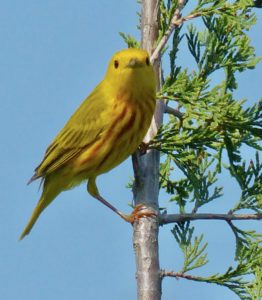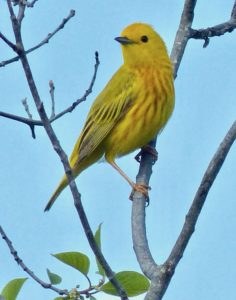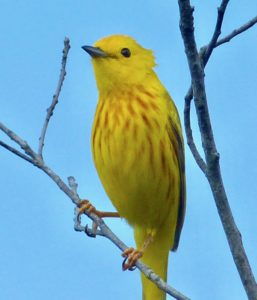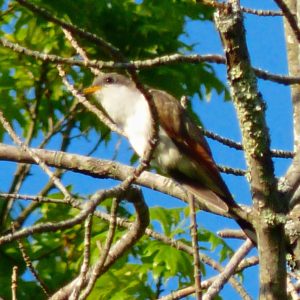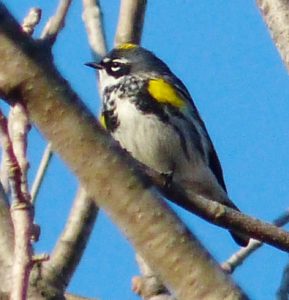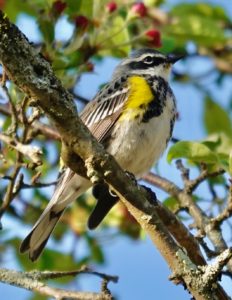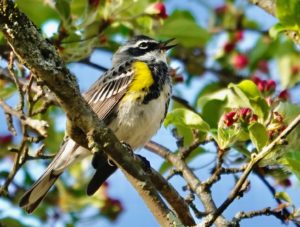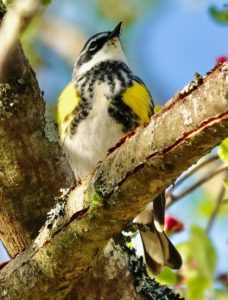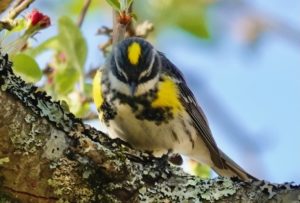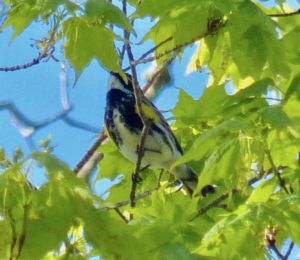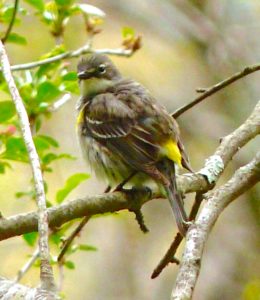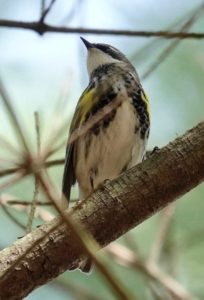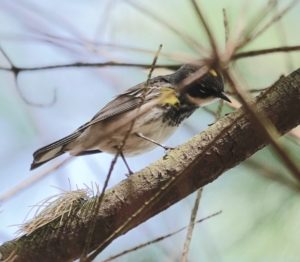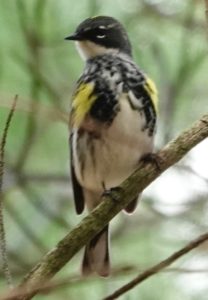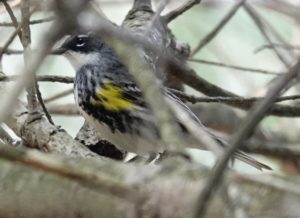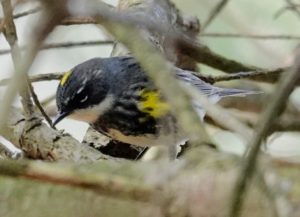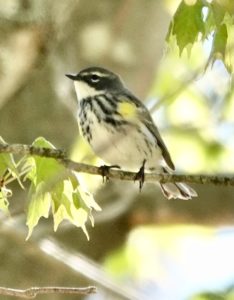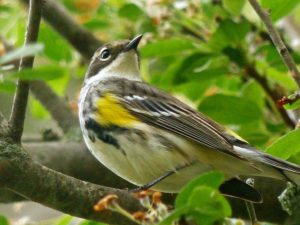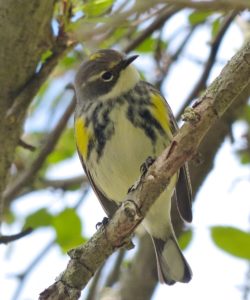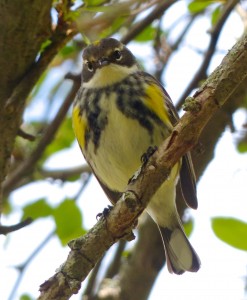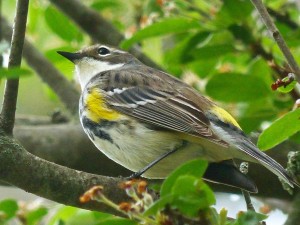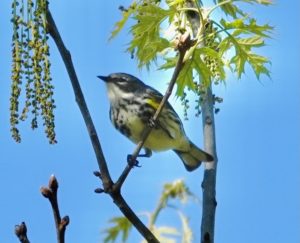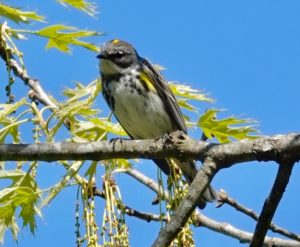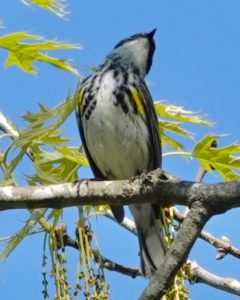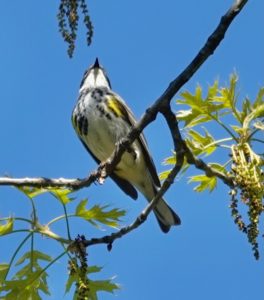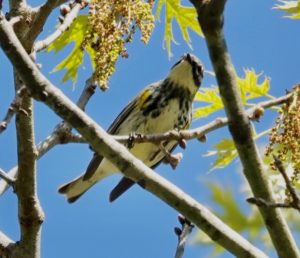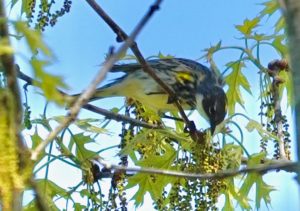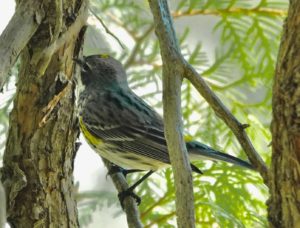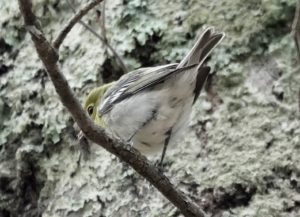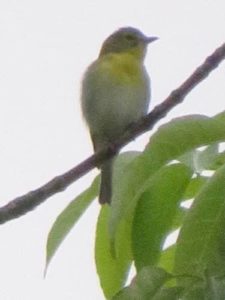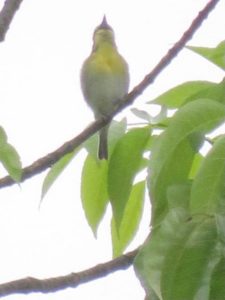Sightings – Birds
Observer: Paul Lauenstein
Observation Date: 7/14/21
Observation Time: 2:45 p.m.
Observation Location: my back yard (4 Gavins Pond Rd.)
Common Name: Wild Turkey
Scientific Name: Meleagris gallopavo
Comments: I photographed this hen and her chicks out my bedroom window.
More Information: All About Birds
Observer: Judy Heap
Observation Date: 8/11/10
Observation Time: evening
Observation Location: Wilshire Drive backyard
Common Name: Wild Turkey
Scientific Name: Meleagris gallopavo
Comments: Wild turkeys can be aggressive, so keep a safe distance.
More Information: Cornell Lab of Ornithology “All About Birds”
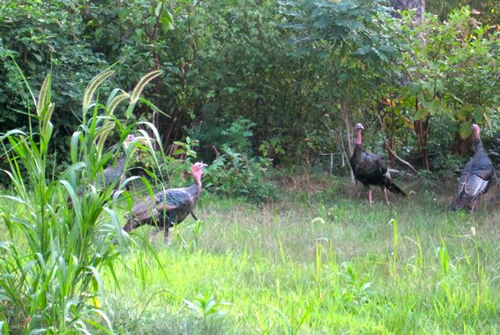
Observer: Deb Radovsky
Observation Date: 5/5/18
Observation Time: 8:50 a.m.
Observation Location: Moose Hill, Kettle Trail
Common Name: Wild Turkey
Scientific Name: Meleagris gallopavo
Comments: As Wild Turkey numbers dwindled through the early twentieth century, people began to look for ways to reintroduce this valuable game bird. Initially they tried releasing farm turkeys into the wild but those birds didn’t survive. In the 1940s, people began catching wild birds and transporting them to other areas. Such transplantations allowed Wild Turkeys to spread to all of the lower 48 states (plus Hawaii) and parts of southern Canada.
More Information: All About Birds
Observer: Liz Dichiara
Observation Date: 3/21/09
Observation Time: 5:45 p.m.
Observation Location: Cheryl Drive
Common Name: Wild Turkeys
Scientific Name: Meleagris gallopavo
Comments: Two beautiful males and five females walked through my wooded backyard today. The males were displaying to the females, who did not appear impressed.
More Information: All About Birds: Wild Turkey
Observer: Ilan Fisher
Observation Date: 5/18/18
Observation Time: 8:00 p.m.
Observation Location: Bayberry Drive
Common Name: Wild Turkey
Scientific Name: Meleagris gallopavo
Comments: The Wild Turkey’s popularity at the table led to a drastic decline in numbers, but they have recovered and now occur in every state except Alaska.
Poor guy. He is bonkers for the chick. I wonder if his broken tail feathers will thwart his plan.
More Information: All About Birds
Observer: Paul Lauenstein
Observation Date: 5/10/16
Observation Time: 9:50 a.m.
Observation Location: Moose Hill Audubon Wildlife Center
Common Name: Wilson’s warbler
Scientific Name: Cardellina pusilla
Comments: This striking yellow warbler has an unmistakable black cap. It is more commonly found in western states, but it is occasionally sighted in Sharon.
More Information: All About Birds
Observer: Josh Simons
Observation Date: 5/30/16
Observation Time: 11:50 a.m.
Observation Location: Moose Hill area
Common Name: Wood Duck
Scientific Name: Aix sponsa
Comments: This guy went running through our yard this morning. We were initially concerned to see such a young bird on his own, but my bird app says that wood ducks leave the nest shortly after hatching.
‘sponsa’ means ‘bethrothed’, i.e. dressed for a wedding, from the bird’s attractive appearance” (Dictionary of American Bird Names, by Ernest Choate)
More Information: All About Birds
Observer: Paul Lauenstein
Observation Date: 10/11/09
Observation Time: 4:30 p.m.
Observation Location: Gavins Pond
Common Name: Wood Duck
Scientific Name: Aix sponsa
Comments: Brilliantly marked wood ducks are among our most beautiful birds (which is saying a lot), but they are easily spooked, so it’s hard to get close enough for a good photo.
More Information: All About Birds.org
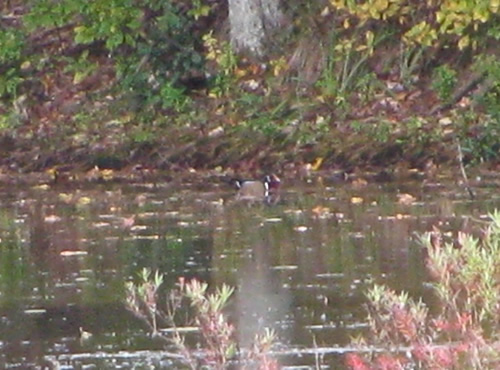
Observer: Josh Simons
Observation Date: 3/31/21
Observation Time: 11:00 AM
Observation Location: Moose Hill area
Common Name: Wood duck
Scientific Name: Aix sponsa
Comment: “sponsa” means “betrothed” — dressed for a wedding – a comment on the beauty of the male plumage.
More Information: All About Birds
Observer: Ilan Fisher
Observation Date: 5/1/09
Observation Location: Beside the school admin building on School St.
Common Name: Wood Duck
Scientific Name: Aix sponsa
Comments: Yes, these ducks actually roost in trees! They nest in cavities in large trees.
More Information: All About Birds.org
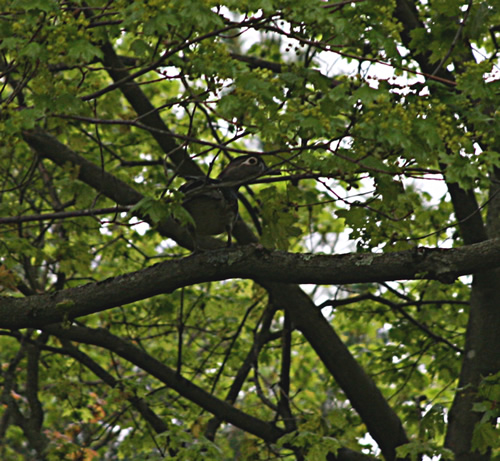
Observer: Paul Lauenstein
Observation Date: 9/28/14
Observation Time: 4:50 p.m.
Observation Location: Gavins Pond
Common Name: Wood Duck
Scientific Name: Aix sponsa
Comments: Wood ducks are often seen in Gavins Pond in the fall. They are quite shy, so getting close enough to get a good photo of these spectacular ducks is a challenge. Note that the female has drab plummage compared to the gaudy drake.
More Information: All About Birds.org
Observer: Paul Lauenstein
Observation Date: 9/30/11
Observation Time: 4:30 p.m.
Observation Location: Gavins Pond
Common Name: Wood Duck
Scientific Name: Aix sponsa
Comments: Wood ducks have spectacular plumage, but they are very shy and difficult to approach, so it is a real challenge to get a good photo.
This flock of wood ducks (there were at least a dozen, of which three are visible in the photo) showed up at Gavins Pond on September 30. Although I walk there daily, I have not seen them since then. Perhaps they were migrating through Sharon that day.
More Information: All About Birds.org
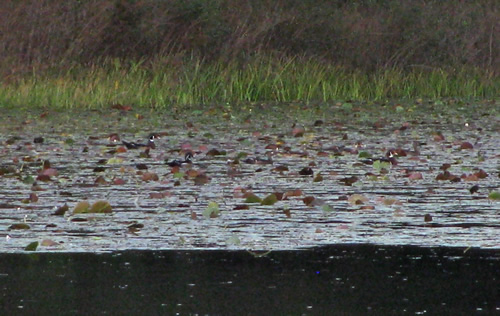
Observer: Jeff Rose
Observation Date: 3/10/18
Observation Time: 8:00 AM
Observation Location: 302 Mansfield Street, Sharon, MA
Common Name: Wood duck (drake)
Scientific Name: Aix sponsa
Comment: Male ducks are referred to as drakes.
More Information: All About Birds
Observer: Paul Lauenstein
Observation Date: 10/19/12
Observation Time: 2:05 p.m.
Observation Location: Gavins Pond
Common Name: Wood Duck
Scientific Name: Aix sponsa
Comments: These skittish ducks have spectacular plumage. Unlike most other ducks, they have sharp claws for perching in trees.
Wood Duck populations increased between 1966 and 2015 according to the North American Breeding Bird Survey. This is good news considering their dramatic declines in the late 19th century. Wood Ducks can be found throughout the year in the U.S., with some individuals breeding in Canada, and some wintering in Mexico.
More Information: All About Birds.org
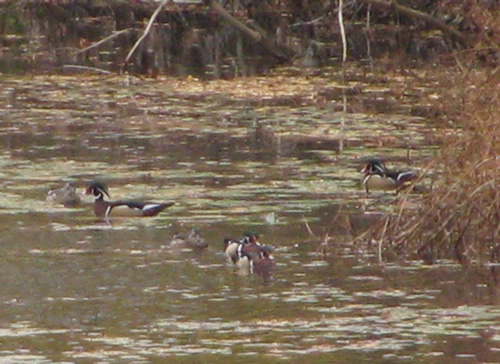
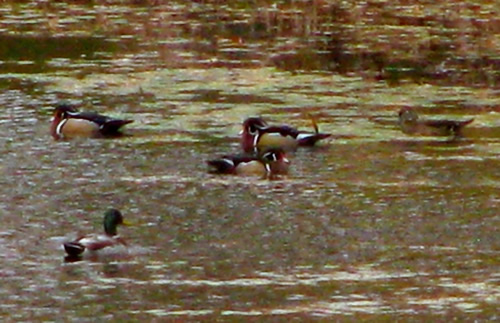
Observer: Josh Simons
Observation Date: 5/13/23
Observation Time: 11:00 a.m.
Observation Location: Moose Hill Audubon Wildlife Sanctuary
Common Name: Wood thrush
Scientific Name: Hylocichla mustelina
Comments: The wood thrush’s melodic “ee-oh-lay” song is often heard in the woods. If you learn to recognize it, you can follow the sound to get a look at the bird.
More Information: All About Birds
Observer: Paul Lauenstein
Observation Date: 5/14/14
Observation Time: 12:00 p.m.
Observation Location: Moose Hill Audubon Wildlife Sanctuary
Common Name: Wood thrush
Scientific Name: Hylocichla mustelina
Comments: The “Ee-oh-lay” song of the wood thrush has a melodic quality.
More Information: All About Birds
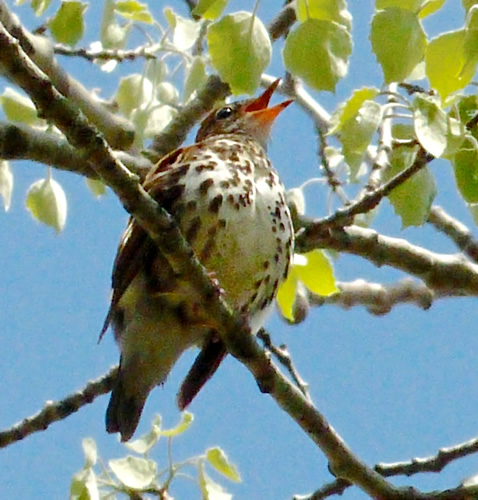
Observer: Paul Lauenstein
Observation Date: 5/2/24
Observation Time: 8:15 a.m.
Observation Location: Moose Hill Audubon Wildlife Sanctuary
Common Name: Wood thrush
Scientific Name: Hylocichla mustelina
Comments: The wood thrush’s melodic “ee-oh-lay” song is often heard in the woods. If you learn to recognize it, you can follow the sound to get a look at the bird.
More Information: All About Birds
Observer: Paul Lauenstein
Observation Date: 5/27/14
Observation Time: 6:40 a.m.
Observation Location: Moose Hill Audubon Wildlife Sanctuary
Common Name: Wood thrush
Scientific Name: Hylocichla mustelina
Comments: This wood thrush was spotted on its nest.
More Information: All About Birds
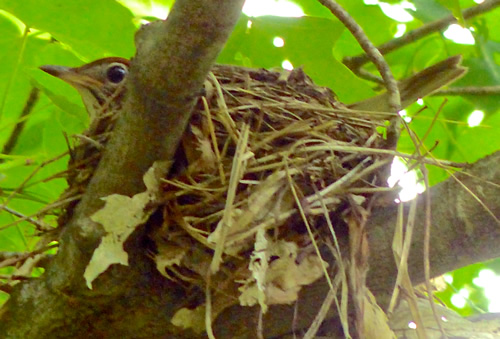
Observer: Paul Lauenstein
Observation Date: 5/9/23
Observation Time: 6:50 a.m.
Observation Location: Moose Hill Audubon Wildlife Sanctuary
Common Name: Wood thrush
Scientific Name: Hylocichla mustelina
Comments: We heard this wood thrush’s melodic “ee-oh-lay” song before we spotted it high in a dead tree.
More Information: All About Birds
Observer: Paul Lauenstein
Observation Date: 5/15/15
Observation Time: 12:40 p.m.
Observation Location: woods beyond Everett Street
Common Name: Worm-eating Warbler
Scientific Name: Helmitheros vermivorum
Comments: The worm-eating warbler is so-named because it eats caterpillars. It overwinters in Central America and Caribbean islands.
More Information: All About Birds
Observer: Paul Lauenstein
Observation Date: 5/25/18
Observation Time: 7:30 a.m.
Observation Location: Moose Hill Audubon Wildlife Sanctuary
Common Name: Worm-eating Warbler
Scientific Name: Helmitheros vermivorum
Comments: The worm-eating warbler is so-named because it eats caterpillars. It overwinters in Central America and Caribbean islands.
Unlike most other warbler species that pass through Sharon on their spring and fall migrations to and from their breeding areas farther north, worm-eating warblers only migrate as far north as Massachusetts, where they nest and rear their young.
More Information: All About Birds
Observer: Paul Lauenstein
Observation Date: 5/4/24
Observation Time: 9:30 a.m.
Observation Location: Moose Hill Audubon Wildlife Sanctuary
Common Name: Worm-eating Warbler
Scientific Name: Helmitheros vermivorum
Comments: The worm-eating warbler is so-named because it eats caterpillars. It overwinters in Central America and Caribbean islands.
Unlike most other warbler species that pass through Sharon on their spring and fall migrations to and from their breeding areas farther north, worm-eating warblers only migrate as far north as Massachusetts, where they nest and rear their young.
More Information: All About Birds
Observer: Paul Lauenstein
Observation Date: 5/23/23
Observation Time: 8:45 a.m.
Observation Location: Moose Hill Audubon Wildlife Sanctuary
Common Name: Worm-eating Warbler
Scientific Name: Helmitheros vermivorum
Comments: The worm-eating warbler is so-named because it eats caterpillars. It overwinters in Central America and Caribbean islands.
Unlike most other warbler species that pass through Sharon on their spring and fall migrations to and from their breeding areas farther north, worm-eating warblers only migrate as far north as Massachusetts, where they nest and rear their young.
More Information: All About Birds
Observer: Punitha Hanumantha
Observation Date: 5/13/23
Observation Time: 9:30 a.m.
Observation Location: Moose Hill Audubon Wildlife Sanctuary – Billings Loop
Common Name: Yellow Warbler (female)
Scientific Name: Setophaga petechia
Comments: Yellow warblers are typically found near wetlands. It has a song that sounds like, “sweet-sweet-sweet-little more sweet.”
More Information: All About Birds
Observer: Paul Lauenstein
Observation Date: 5/11/18
Observation Time: 1:40 p.m.
Observation Location: meadow at Morse and Lakeview
Common Name: Yellow warbler
Scientific Name: Setophaga petechia
Comments: The yellow warbler has a song that sounds like, “sweet-sweet-sweet little more sweet.” It is typically found near wetlands.
More Information: All About Birds
Observer: Paul Lauenstein
Observation Date: 5/19/14
Observation Time: 12:20 p.m.
Observation Location: Gavins Pond Road
Common Name: Yellow warbler
Scientific Name: Setophaga petechia
Comments: The yellow warbler has a song that sounds like, “sweet-sweet-sweet
little more sweet.” It is typically found near wetlands.
More Information: All About Birds
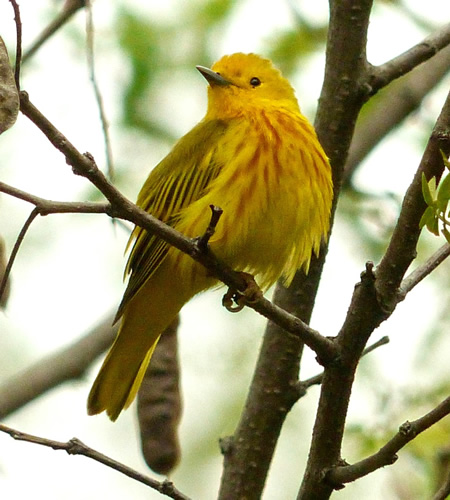
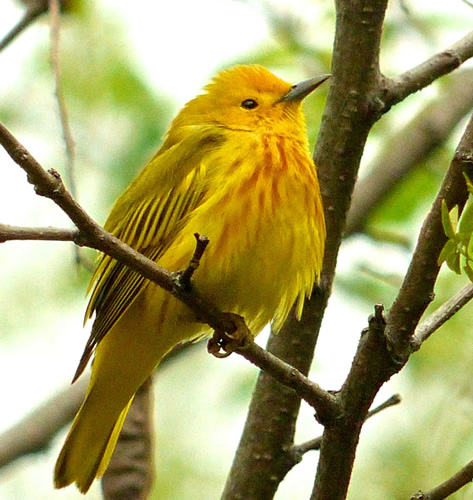
Observer: Paul Lauenstein
Observation Date: 5/2/20
Observation Time: 6:15 a.m.
Observation Location: near wetlands downstream of Gavins Pond dam
Common Name: Yellow Warbler
Scientific Name: Setophaga petechia
Comments: The yellow warbler is typically found near wetlands. It has a song that sounds like, “sweet-sweet-sweet-little more sweet.”
More Information: All About Birds
Observer: Paul Lauenstein
Observation Date: 5/20/20
Observation Time: 2:35 p.m.
Observation Location: wetlands under high tension lines across the street from Ward’s Berry Farm
Common Name: Yellow Warbler
Scientific Name: Setophaga petechia
Comments: The yellow warbler is typically found near wetlands. It has a song that sounds like, “sweet-sweet-sweet-little more sweet.”
More Information: All About Birds
Observer: Paul Lauenstein
Observation Date: 5/23/18
Observation Time: 11:00 a.m.
Observation Location: Moose Hill Farm (TTOR)
Common Name: Yellow Warbler
Scientific Name: Setophaga petechia
Comments: Yellow warblers are typically found near wetlands. Learn to recognize their “sweet-sweet-sweet-little-more-sweet” song, and you’ll detect these bright yellow birds often in Sharon.
More Information: All About Birds
Observer: Paul Lauenstein
Observation Date: 6/2/19
Observation Time: 4:00 p.m.
Observation Location: in the wetlands beneath the power lines across the street from Ward’s Berry Farm
Common Name: Yellow warbler
Scientific Name: Setophaga petechia
Comments: The yellow warbler has a song that sounds like, “sweet-sweet-sweet little more sweet.” It is typically found near wetlands.
More Information: All About Birds
Observer: Paul Lauenstein
Observation Date: 5/23/16
Observation Time: 6:45 a.m.
Observation Location: Moose Hill Audubon Wildlife Sanctuary
Common Name: Yellow-billed Cuckoo
Scientific Name: Coccyzus americanus
Comments: I heard this yellow-billed cuckoo’s “kuk-kuk-kuk-kuk-kuk-kuk-kuk-cowp-cowp-cowp” before I spotted it. Even though cuckoos are relatively large birds, they typically don’t move around much, so they are hard to find unless you know what their call sounds like.
The photo quality is poor because the bird was high in a distant tree, and flew away before I could get closer for a better shot.
More Information: All About Birds
Observer: Paul Lauenstein
Observation Date: 4/28/16
Observation Time: 6:45 a.m.
Observation Location: Moose Hill Audubon Wildlife Sanctuary
Common Name: Yellow-rumped Warbler
Scientific Name: Setophaga coronata
Comments: Yellow-rumped warblers arrived at Moose Hill toward the end of April in 2016.
More Information: All About Birds
Observer: Paul Lauenstein
Observation Date: 4/29/24
Observation Time: 9:00 a.m.
Observation Location: Moose Hill Audubon Wildlife Sanctuary
Common Name: Yellow-rumped Warbler
Scientific Name: Setophaga coronata
Comments: I spotted this yellow-rumped warbler in a flowering crabapple tree on the Billings Loop. Flowering trees oftern attract birds, especially those that feed on the insects attracted by the blossoms.
The annual northward bird migration is getting started and a few colorful warblers and other photogenic migrants are beginning to show up in Sharon. To keep track of the waves of migrating birds heading our way, check out the animated bird radar maps at https://birdcast.info/migration-tools/live-migration-maps/
Also, don’t leave home without the free app Merlin on your cell phone. It will tell you which birds are singing within earshot.
More Information: All About Birds
Observer: Paul Lauenstein
Observation Date: 5/11/19
Observation Time: 7:45 a.m.
Observation Location: Moose Hill Audubon Wildlife Sanctuary
Common Name: Yellow-rumped Warbler
Scientific Name: Setophaga coronata
Comments: The western sub-species of yellow-rumped warbler has a bright yellow throat. The eastern sub-species, also known as a myrtle warbler, has a white throat.
More Information: All About Birds
Observer: Paul Lauenstein
Observation Date: 5/13/14
Observation Time: 1:40 p.m.
Observation Location: Moose Hill Audubon Wildlife Sanctuary
Common Name: Yellow-rumped Warbler
Scientific Name: Setophaga coronata
Comments: Colorful woodland warblers such as this yellow-rumped warbler are often observed at Moose Hill Audubon Wildlife Sanctuary in the early morning in May as they migrate through Sharon to breeding grounds farther north.
More Information: All About Birds
Observer: Paul Lauenstein
Observation Date: 5/3/20
Observation Time: 9:50 a.m.
Observation Location: woods near Gavins Pond
Common Name: Yellow-rumped warbler
Scientific Name: Setophaga coronata
Comments: The western sub-species of yellow-rumped warbler has a bright yellow throat. The eastern sub-species, also known as a myrtle warbler, has a white throat.
More Information: All About Birds
Observer: Paul Lauenstein
Observation Date: 5/6/23
Observation Time: 7:50 a.m.
Observation Location: Moose Hill Audubon Wildlife Sanctuary
Common Name: Yellow-rumped Warbler
Scientific Name: Setophaga coronata
Comments: The western sub-species of yellow-rumped warbler has a bright yellow throat. The eastern sub-species, also known as a myrtle warbler, has a white throat. I photographed this individual in one of the huge sugar maples near the barn on the Billings Loop trail.
More Information: All About Birds
Observer: Paul Lauenstein
Observation Date: 5/13/15
Observation Time: 11:25 a.m.
Observation Location: Moose Hill Audubon Wildlife Sanctuary
Common Name: Yellow-rumped Warbler
Scientific Name: Setophaga coronata
Comments: I got these photos standing underneath a flowering crabapple tree. The blossoms attracted insects, which in turn attracted insectivorous warblers that needed fuel to continue their migration.
More Information: All About Birds
Observer: Paul Lauenstein
Observation Date: 5/8/23
Observation Time: 9:00 a.m.
Observation Location: Moose Hill Audubon Wildlife Sanctuary
Common Name: Yellow-rumped Warbler
Scientific Name: Setophaga coronata
Comments: The bird migration radar (https://birdcast.info/migration-tools/live-migration-maps/) showed a surge of migrating birds on the evening of May 7, so I was not surprised to see many migrating warblers at Moose Hill on the morning of May 8.
More Information: All About Birds
Observer: Paul Lauenstein
Observation Date: 5/15/20
Observation Time: 8:35 a.m.
Observation Location: conservation land near Lakeview & Morse Sts.
Common Name: Yellow-throated vireo
Scientific Name: Vireo flavifrons
Comments: I did not realize what kind of bird I was photographing when I took this photo. A friend of mine who is an expert birder identified it from the photos.
More Information: All About Birds
Observer: Deborah Radovsky
Observation Date: 6/4/22
Observation Time: 7:30 a.m.
Observation Location: Moose Hill Audubon Sanctuary, in tree on edge of meadow, near Billings Barn.
Common Name: Yellow-throated vireo
Scientific Name: Vireo flavifrons
Comments: Not only does this bird have a bright yellow throat, it looks as if it’s wearing bright yellow spectacles.
While the Yellow-throated Vireo is associated with forest edge habitat, it actually requires large blocks of forest to breed successfully. Numbers decrease sharply in forests smaller than 250 acres (100 hectares) in the northeastern United States.
More Information: All About Birds

